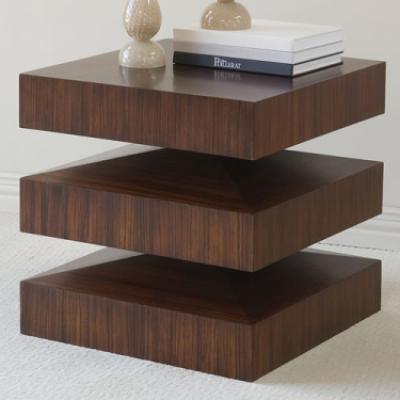As a Designer, Hostess and Connection Specialist,
I want you to move into and through a space feeling comfortable and welcome. I want you to feel like you get a warm hug when you enter and sit in your space without knowing the mechanics behind it: the how and why. It should just be. There are so many tips and techniques that go into making that a reality.
I want you to move into and through a space feeling comfortable and welcome. I want you to feel like you get a warm hug when you enter and sit in your space without knowing the mechanics behind it: the how and why. It should just be. There are so many tips and techniques that go into making that a reality.
All examples of what to do and not to do are based on the above photo
I am going to give you a few tips that I share with my client's during consultations.
I often work with DIY'ers... These tips will help you get a finished look that your friends will think you paid a designer to create.
- We never see our own environment like an outsiders does. We cannot view our personal space objectively. It is familiar and we become desensitized. I recommend taking a before photo... doing the work we think necessary... and then taking a picture again. The above is an after photo. If this was your space, would you think it was finished? Photos don't lie.
- When you walk into a space your eye should be able to move all the way around the room without landing on any one area. Nothing should stick out so much that it catches your attention. Each area should stand alone. That is what makes you feel comfortable. Design or decorate your space. Do the scanning technique... and then add the focal point or splash of color. In contrast to the first room, the photograph to the right has a very cohesive background and then splashes of color were added. That is why it works and feels welcoming. The second room has a Similar Style/loft concept as the first space... But, this one works well.... If you were to walk into this room, your eye would flow all the way around the space and gently land on the chairs. That is how a focal point should function.
- There is an art to combining textures, materials and patterns.
It's good to know the rules before you break them... When there is a prominent architectural element in a space you need to decide if you want to accentuate or disguise it. It is not possible to ignore the feature. Both of the first two rooms have brick as a major architectural feature. The brick was handled differently in each design. It was ignored instead of embraced in the first room. There is an easy fix to make this space feel good. Always think of your floor as a fifth wall. If you want to keep the brick as is... Embrace the depth and warmth and bring that element into the space. The absolutely easiest fix would be to add a warm heavily textured area rug similar to the one pictured on the right, instead of the patterned one that was used. That would automatically make the room more comforting, instead of making the wall feel overwhelming. In the second picture they used a painting technique to tone down the brick. They didn't hide it... they made it flow. You can add layer, after layer, after layer in a more monochromatic environment. They chose to use the texture as part of the background instead of as a focal point. Notice how the wood element from the front door is pulled into the chairs... It brings the material across the space and creates a flowing, transitional focal point.. Below is another example of how a heavily textured rug in a similar tone/depth as the brick wall grounds the space and makes it work. Can you visualize what the room would like like below without the rug? Probably similar to the first room pictured.
- Pay close attention to the base structure of all of your pieces of furniture: legs, solid to the floor, airy or open. The first space has too many legs that are the same shape and height. It creates a busy, chaotic feel. This could be solved by replacing the table with a more solid design. Here are some alternatives that would work. It all depends on the taste of the client.

-

These three styles would work and add an additional element: mixed materials and texture..
These styles work because theyhave a more solid appearance and have a horizontal linethat mimics the lines on the bookshelves against the wall.


5. Decorating is not everyone's cup of tea. Some people love to get into design. It's a hobby and they thrive in that role. Don't beat yourself up if you can't visualize it. It's kind of like the frustration of when you are on vacation and you get horribly lost and that experience takes some of the joy out of the trip. Not everyone is built the same. I am super visual and can see a space complete when I walk into a room. In the same vein... I never get lost. That is the way that I am built. So, many of my clients are engineers and think more linear. That's okay. Don't beat yourself up. It takes away some of the joy and warm feeling that you should have in your space. It's okay to ask for help or hire someone to do it for you. Let someone else take the stress out of making your home/business perfect, so that you can just fully enjoy it without having any frustrated emotions or negative feelings attached to the space/experience. It makes a difference. It's okay... don' be so hard on yourself.





No comments:
Post a Comment